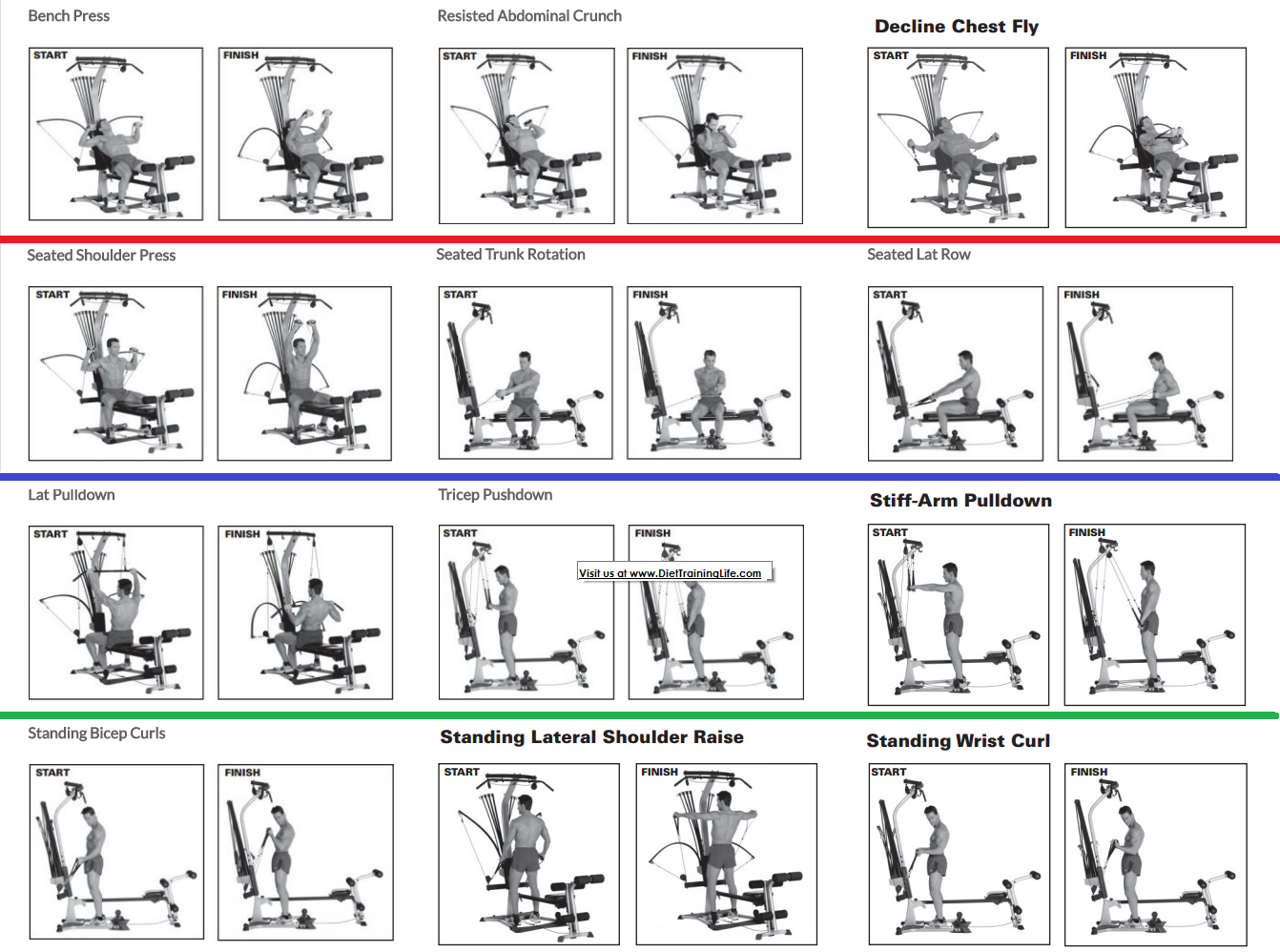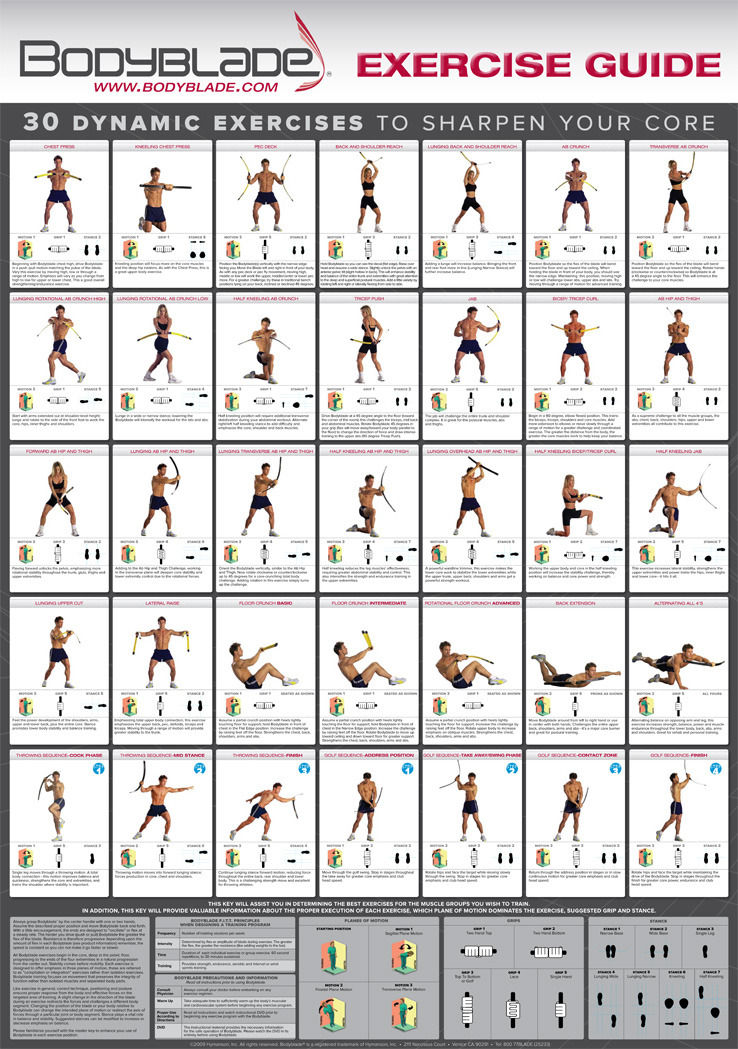
And as you damage or wear away your joint cartilage, it generally heals slowly or not at all (depending on the joint), and once you’ve worn it away, you’re not getting any more. Nerves called mechanoreceptors in your ligaments function similarly.

They have a built-in “strain gauge” called the golgi tendon organ that sends a signal to your spinal cord, back to your muscles, telling them to stop contracting as hard, in an effort to prevent a tendon rupture. Your tendons have to be strong enough to transfer force from your muscles to the bones they’re trying to move. The less wear and tear you have on your body, the more you’ll be able to lift, all other things being equal. This guide will mainly be talking about the squat, bench press, and deadlift since I’m a powerlifter, and that’s what I know the most about, though these principles are applicable to any strength sport. This comes with practice – the more specific, the better.īecause of this, practice aimed at mastering the lifts you want to use to express your strength is incredibly important. There is a very large skill component to mastering a lift: You have to get your muscles to work in a very powerful yet precise manner to lift heavy stuff as effectively and efficiently as possible. Who was the strongest athlete of all time? Anatoly Pisarenko? Zydrunas Savickas? Andrey Malanichev? The fact is, there’s not a definitive way to answer that question because they competed in different sports, and strength is defined by the lifts you use to measure it. Mastery of the lifts you’ll be using to demonstrate strength.

For anyone who needs more reassuring, this guide goes into way more depth on this subject later.Ģ. What does it take to be as strong as you can be?ġ.

Lifting points guide pdf free download how to#
This article will cover what it takes for you to reach your strength potential, and how to do it in the most efficient way possible.
Lifting points guide pdf free download download#
Because of that, you can download it as a PDF so you can read through it at your leisure, along with spreadsheets laying out multiple example programs showing how you can apply the principles in this article. However, be aware up front that it’s probably not one you’ll want to chug through in one sitting. I could split it into a series, but I don’t want people to stumble across just the second or third installment and miss the context. This is something I’ve been wanting to write for a while, but I’ve been putting it off because, honestly, it’s a monster. This guide is just meant to give you an overview of the important factors and principles in play. If you have any questions, if you think something is incomplete or confusing, or if you just plain think I messed something up, don’t hesitate to let me know how I can make this guide better. It’s a comprehensive framework, meant to get you caught up and ready to absorb the rest of the information on this site. Be aware that a more nuts-and-bolts guide is coming (how to actually plan out your sets/reps/exercises) as well. This article will be the anchor for the website. What does it take to reach your strength potential? And what do the steps to do so look like? I couldn’t find a complete, accessible overview anywhere, so I decided to make it myself. What does it take to reach your strength potential? Get programs and advice for beginner, intermediate, and advanced stages.


 0 kommentar(er)
0 kommentar(er)
